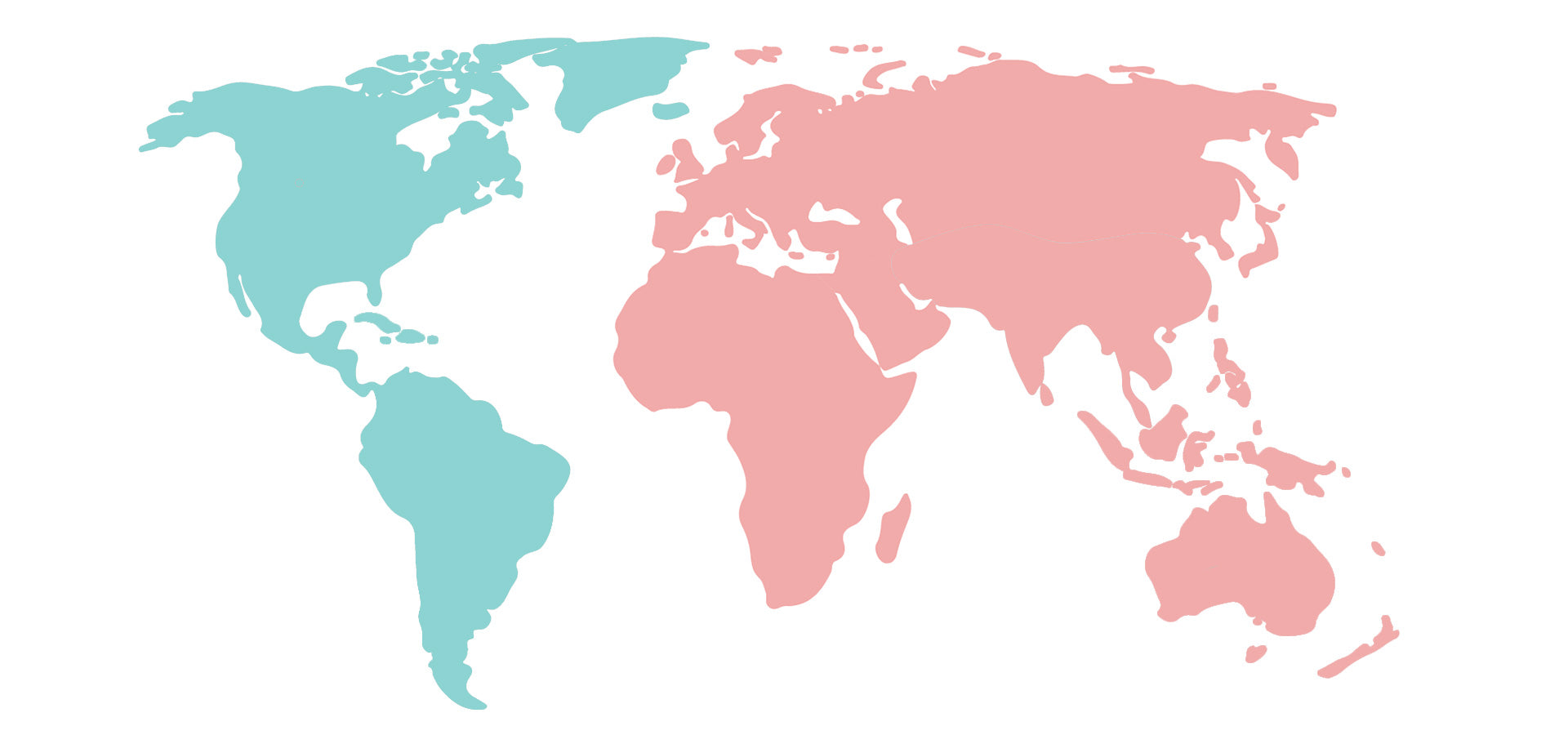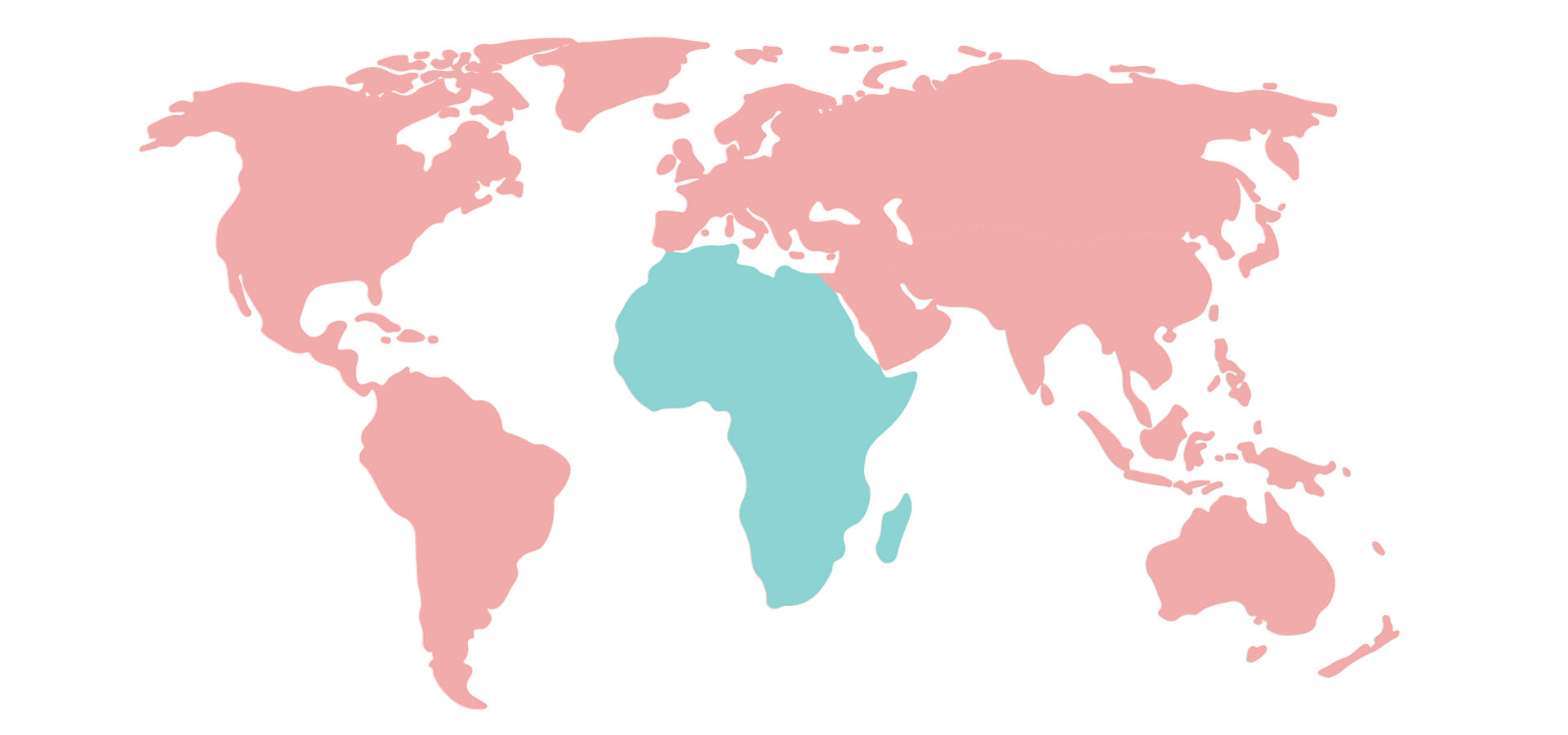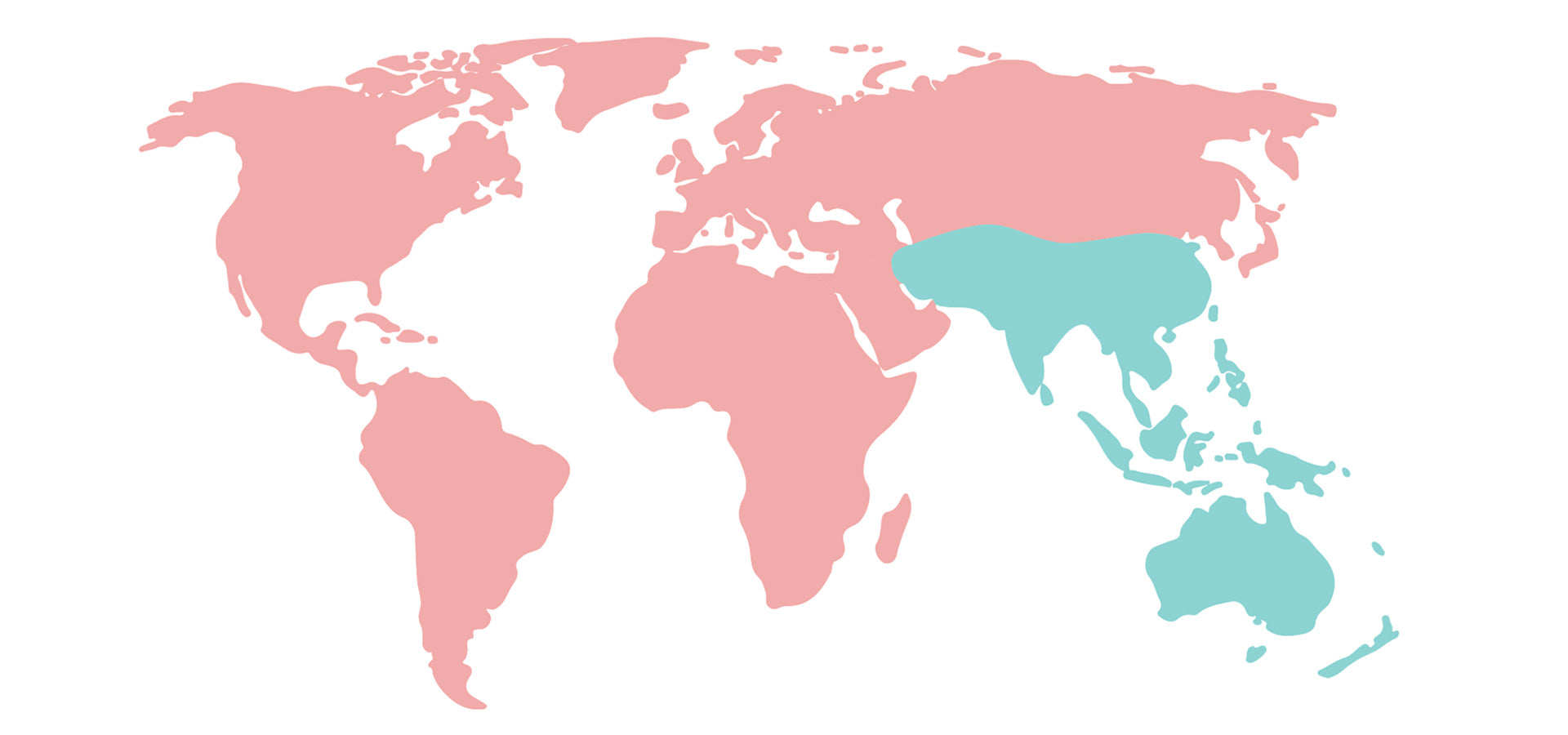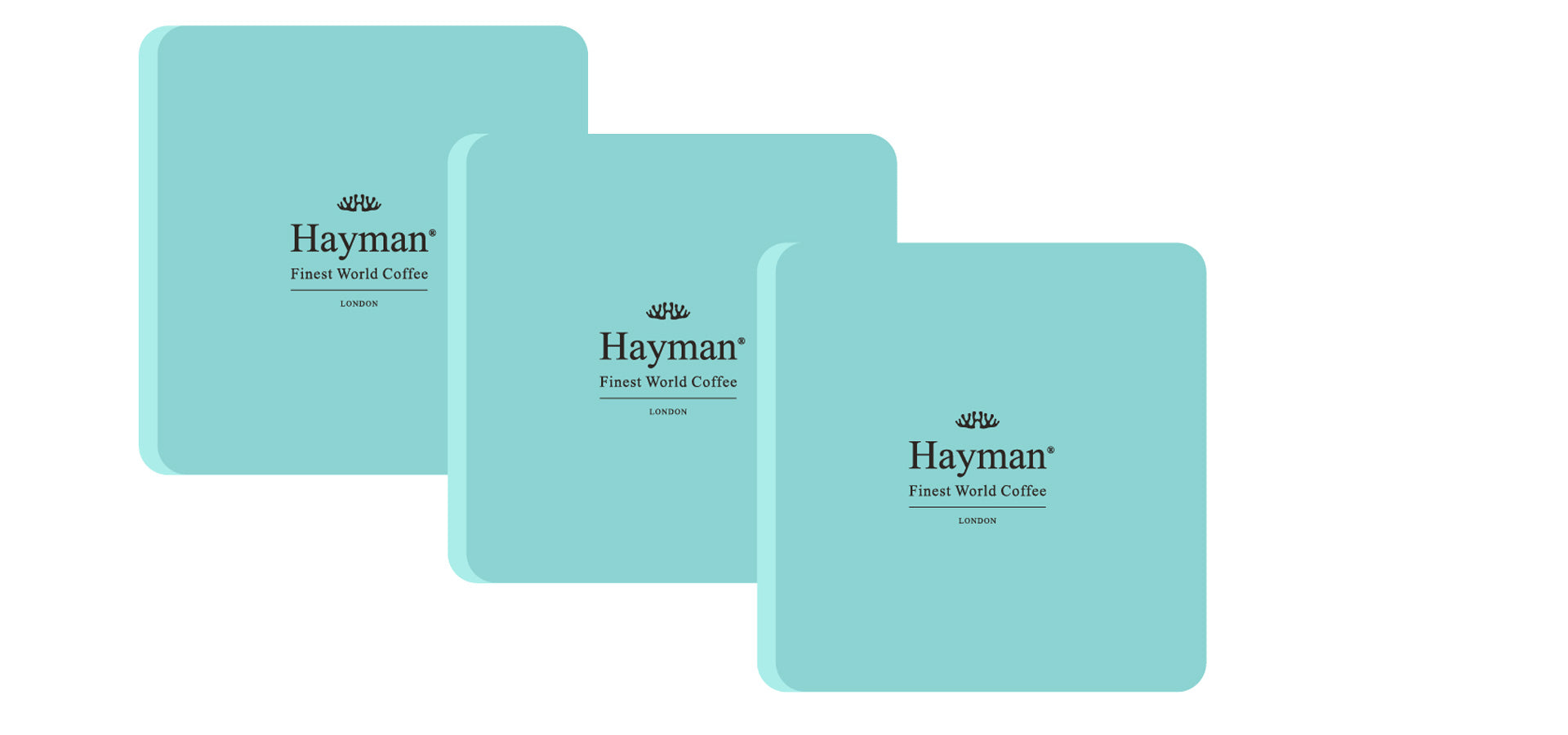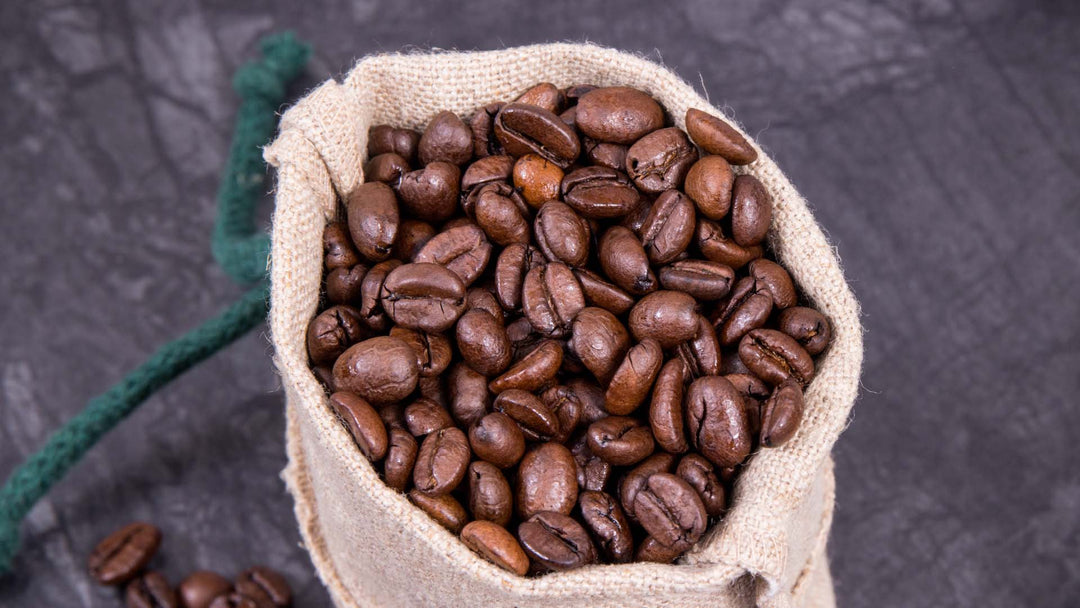Turkish Coffee FAQ

Once you’ve got the hang of it, Turkish coffee is one of the easiest types of coffee to make. Which isn’t particularly surprising, given how it is also the oldest way of making coffee known to mankind.
In this brief introductory FAQ, we’ll be examining the basics of one of the world’s favorite coffee brewing methods, along with how to step up your Turkish coffee game at home.
What type of coffee should I use for Turkish coffee?
You can technically use just about any type of coffee to brew Turkish coffee, though premium quality arabica coffee beans almost always produce the best results. That said, tastes and preferences vary, so feel free to experiment until you find what works for you.
Can I grind my own beans for Turkish coffee?
You can, but only if you have a specialist Turkish coffee grinder (or a commercial-quality grinder with a Turkish coffee setting). This is because in order to make authentic Turkish coffee, each bean needs to be ground into approximately 45,000 particles. By contrast, espresso is made with beans ground into just 3,000 particles.
Is Turkish coffee good for you?
There’s no difference between Turkish coffee and any other type of conventional coffee, as far as health benefits are concerned. Moderate consumption of coffee is recommended by most experts worldwide, due to its associations with a wide variety of physical and psychological health benefits. Overconsumption of any type of coffee is, of course, inadvisable.
What’s the thick layer of ‘stuff’ on the top of my Turkish coffee?
When a thick and luxurious layer of foam (aka kaimaki) accumulates on the top of your Turkish coffee, this indicates it has been brewed correctly. It’s a natural result of the brewing process and one of the most desirable features of a good cup of Turkish coffee.
Why didn’t my Turkish coffee produce any foam?
If the coffee you brew doesn’t produce a generous layer of foam, it indicates something is wrong with the way it is brewed. Examples of which could include not using enough coffee, not heating the water correctly, not grinding the beans finely enough or using stale coffee.
What equipment do I need to make Turkish coffee?
It’s possible to improvise with various implements you already have, but an authentic Turkish coffee pot, spoon and cup isn’t going to cost you a great deal. Those made of traditional brass or copper are considered best, which should ideally be heated over a gas burner.
Why is Turkish coffee served with water?
Most people assume that the glass of water that always accompanies Turkish coffee is to cleanse and refresh the palate after drinking it. In reality, you’re actually supposed to drink the water beforehand, in order to get your taste buds ready for the flavourful experience to follow.
What is the best accompaniment for a cup of Turkish coffee?
Most types of desserts, muffins and cookies are fantastic with a cup of Turkish coffee, though there’s nothing quite like sweet and sticky baklava alongside a cup for a truly heavenly experience.
At Hayman’s online coffee store, you will find the best coffee beans in the world, including the legendary Jamaican Blue Mountain coffee, best Kona coffee Hawaii, and Panama Geisha coffee beans (also called Gesha coffee). These spectacular gourmet coffees are perfect for Turkish coffee brewing. Click here to order today and enjoy free worldwide shipping!
